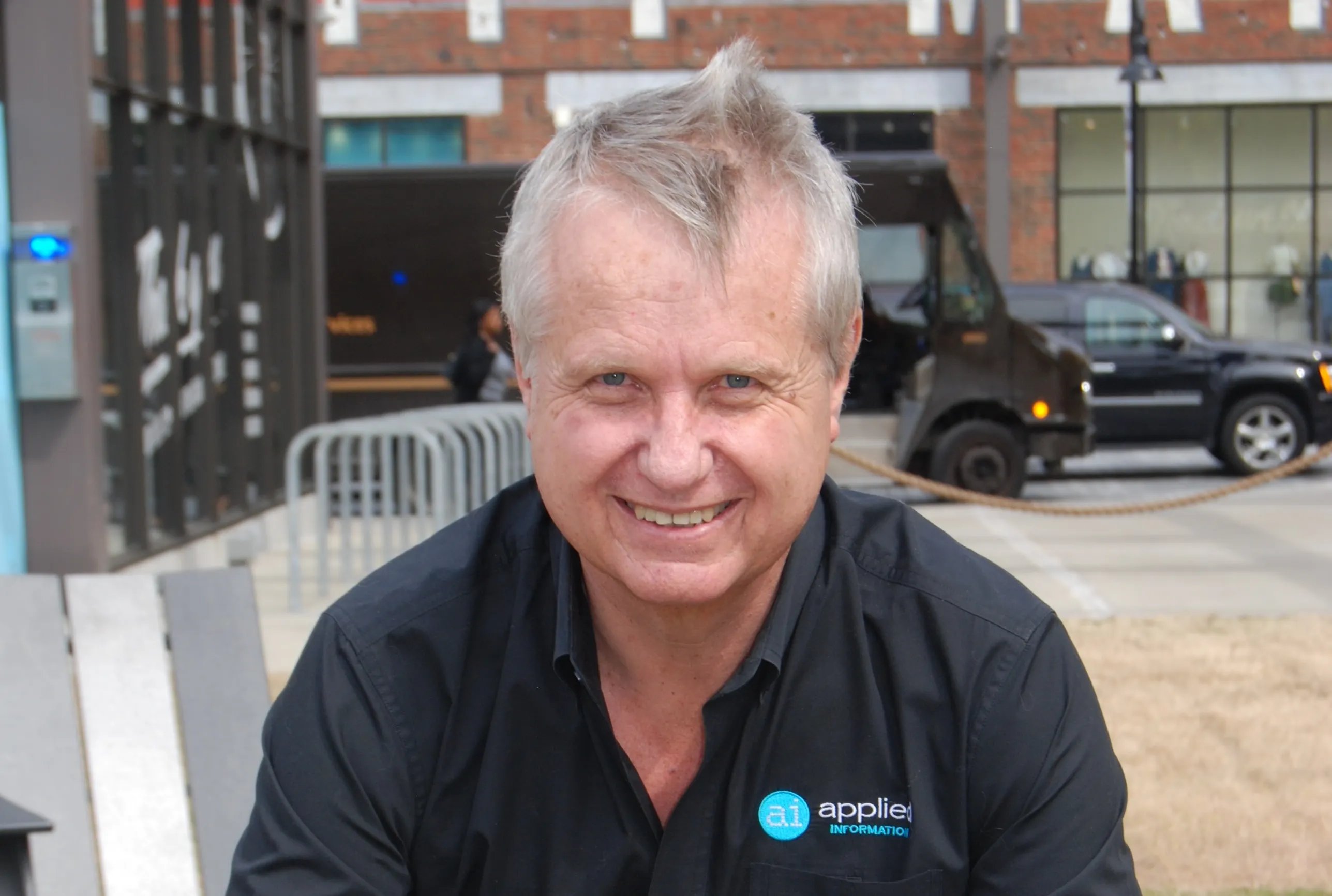UK fleet tracking expert, Tracker, has unveiled what it claims is a ground-breaking new technology that offers fleet managers the most accurate vehicle idling data available on the market. The company has patented its Transient Voltage Detection (TVD) technology and incorporated it into Tracker Fleet.
March 26, 2012
Read time: 2 mins
RSSUK fleet tracking expert, 4302 Tracker, has unveiled what it claims is a ground-breaking new technology that offers fleet managers the most accurate vehicle idling data available on the market. The company has patented its Transient Voltage Detection (TVD) technology and incorporated it into Tracker Fleet.
As Stephen Doran, managing director of Tracker explains, fuel consumption is a key issue for businesses, but the ability to accurately determine when a journey truly starts or an engine’s running time, journey times and average speeds have all been notoriously difficult. “This hasn’t been helped by the fact that vehicle electrical systems have become more complex and in turn, harder to find the right place to connect the ignition sensor. Our engineers have designed a way to overcome this by sensing the electrical noise that is generated when an engine is running,” Doran said.
Traditionally, fleet tracking units have been connected to a vehicle by using two wires to connect to the vehicle battery and a third wire to connect to the vehicle ignition switch. When the ignition is turned on or off, and therefore the vehicle has started or stopped, journey information is recorded and reported to fleet managers. The new TVD technology from Tracker eliminates the need to connect a third wire to the vehicle ignition switch.
Instead TVD technology will sense any increase in voltage and, more importantly, electrical noise associated with the engine having started. This is noise that is generated by electronic systems in the vehicle such as the alternator. So Tracker’s fleet telematics offering will automatically and accurately detect through the two wires to the vehicle supply, when the vehicle engine has started and stopped.
“TVD technology gives a true reflection of idle time, critical for many fleet operators. Previously idle times would be generated even if the ignition switch was set to ‘accessory’, for example to listen to the radio. In this scenario the fleet managers got a notification that the vehicle has started, even though it hadn’t, with the idle measurement starting at that point. With TVD we won’t have that margin of error, allowing us to always give customers the most accurate idle time,” Doran said.
As Stephen Doran, managing director of Tracker explains, fuel consumption is a key issue for businesses, but the ability to accurately determine when a journey truly starts or an engine’s running time, journey times and average speeds have all been notoriously difficult. “This hasn’t been helped by the fact that vehicle electrical systems have become more complex and in turn, harder to find the right place to connect the ignition sensor. Our engineers have designed a way to overcome this by sensing the electrical noise that is generated when an engine is running,” Doran said.
Traditionally, fleet tracking units have been connected to a vehicle by using two wires to connect to the vehicle battery and a third wire to connect to the vehicle ignition switch. When the ignition is turned on or off, and therefore the vehicle has started or stopped, journey information is recorded and reported to fleet managers. The new TVD technology from Tracker eliminates the need to connect a third wire to the vehicle ignition switch.
Instead TVD technology will sense any increase in voltage and, more importantly, electrical noise associated with the engine having started. This is noise that is generated by electronic systems in the vehicle such as the alternator. So Tracker’s fleet telematics offering will automatically and accurately detect through the two wires to the vehicle supply, when the vehicle engine has started and stopped.
“TVD technology gives a true reflection of idle time, critical for many fleet operators. Previously idle times would be generated even if the ignition switch was set to ‘accessory’, for example to listen to the radio. In this scenario the fleet managers got a notification that the vehicle has started, even though it hadn’t, with the idle measurement starting at that point. With TVD we won’t have that margin of error, allowing us to always give customers the most accurate idle time,” Doran said.









